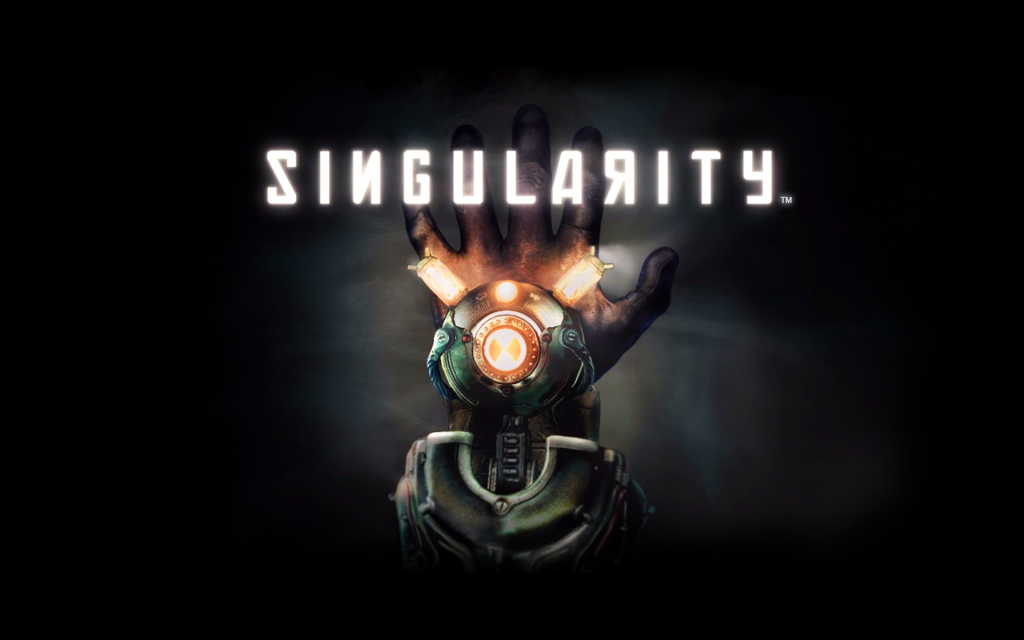This week we learned how to apply our motion capture data into a rigged body to make the character alive. The tutorial can be seperate into three parts: applying data into a rigged human skeleton system and combine sequences, applying data into a rigged human skeleton system and create controlers, and applying data into a rigged non-human skeleton system. The main idea is to link data between motion capture data and the skeleton by using Human IK in maya.
Applying data into a rigged human skeleton system & combine sequences
Firstly, import the motion capture FBX file into maya and create a sequence from this motion capture data in time editor. We can see that all the frames are animated.
Then we need to use Human IK to create a new character definition and link each part of the motion capture skeleton to the definition so that maya can identify different parts of the skeleton system.
After that, import the character that we wangt to link with. Set character in Human IK as this character, then set source to our definition. Now the character starts following the motion capture data.
We can import another data by draging FBX file into time editor (not the viewport), which create a new sequence. Then right click and use match relocators to relocate the position of character skeleton, we need to choose foot joint to match. After that the position is matched, we can blend two sequence to make the connection of two sequences more natural.
Applying data into a rigged human skeleton system with no definition & create controlers
Firstly, do the same things in first part, remember to change the character into T pose so that it can match to the data correctly. Then create a definition for the new character so that it can link to the data. After that link the two definitions like part 1 and click create control rig botton in Human IK to make controlers on character.
We can also create an animation layer to optimize our animation.
Applying data into a rigged non-human skeleton system with controls
Firstly, do the same things in first part, remember to change the character into T pose so that it can match to the data correctly. Then click create custom rig mapping in Human IK and match the controlers on characters to the controler system in Human IK(it can be considered as bend the controlers with motion capture skeletons)

